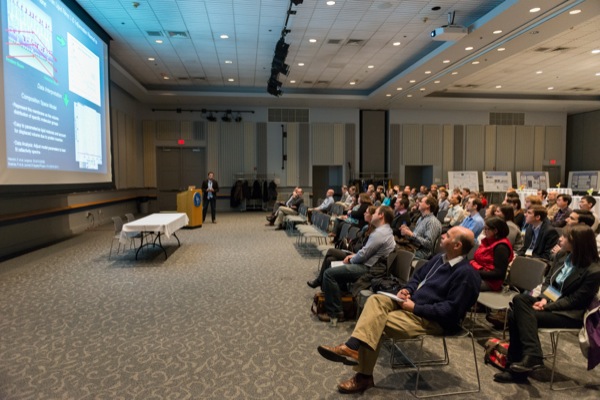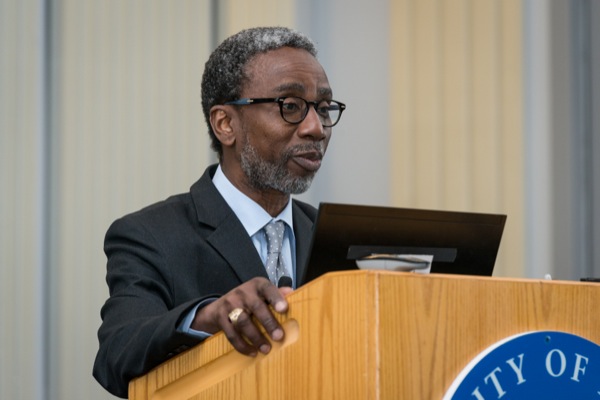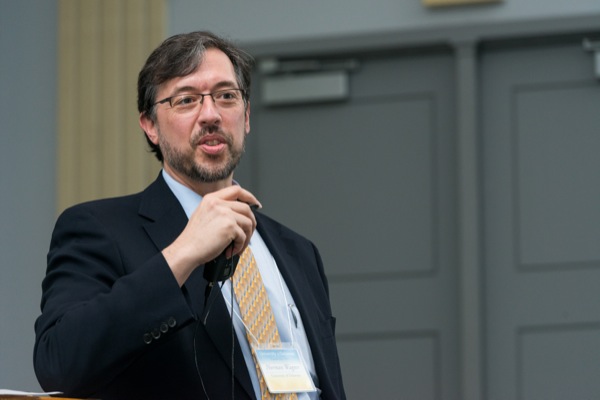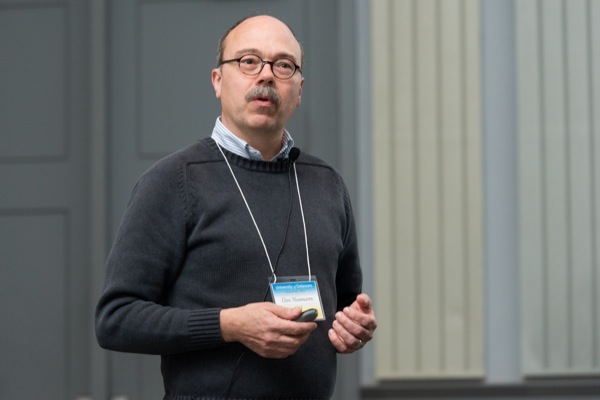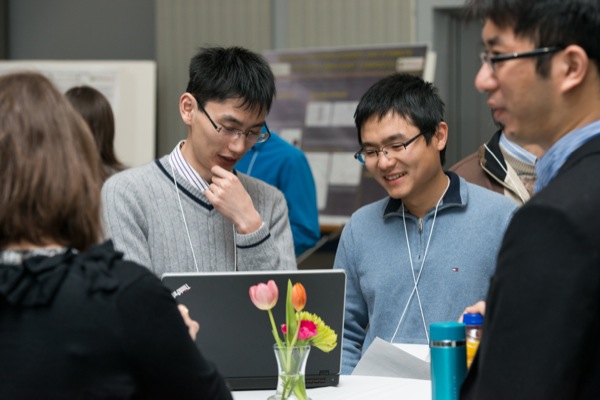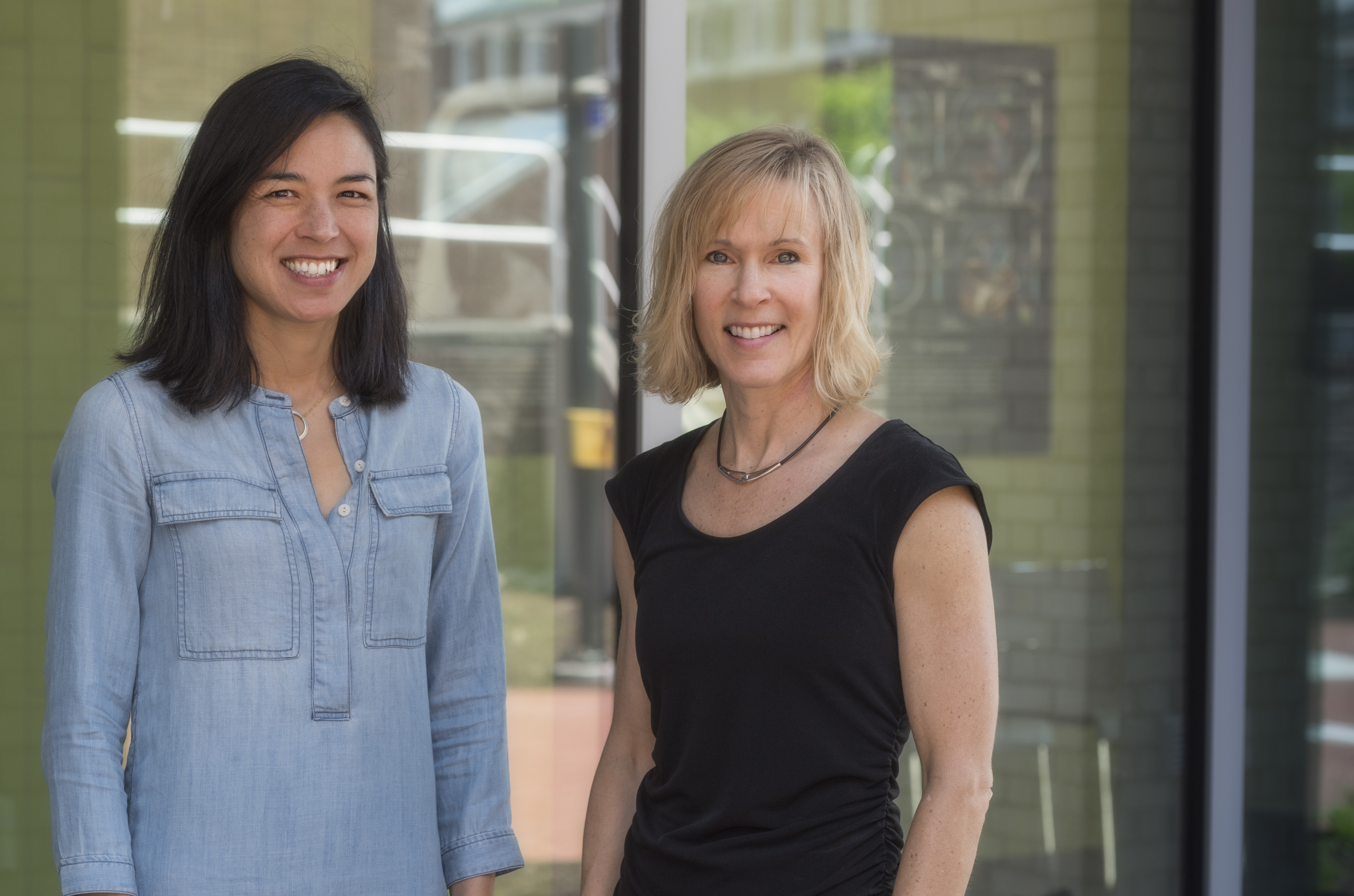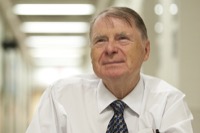Neutron Day
UD hosts one-day symposium with National Center for Neutron Research
2:43 p.m., March 25, 2014--The University of Delaware’s first “Neutron Day” symposium in 2012 drew about 30 participants. This year, the event attracted more than 100 attendees, reflecting the rapidly expanding use of neutron scattering as a research tool.
Neutron scattering, which shows the location and behavior of atoms, allows researchers to see in real time how material structure changes with variations in temperature, pressure, and magnetic or electronic fields.
Research Stories
Chronic wounds
Prof. Heck's legacy
The technology supports the development of new materials for a broad range of applications from drug delivery systems to nanostructured membranes for environmental and energy applications, superconducting cables, and solar cells.
The one-day event at UD brought leading scientists and engineers from the University’s Center for Neutron Science together with more than 30 scientists from the National Institute of Standards and Technology (NIST) Center for Neutron Research (NCNR). The group, which also included industrial scientists, met to discuss new areas of neutron scattering science, with an emphasis on strengths in complex fluids, macromolecular science, and condensed matter physics.
The program featured seven technical talks and more than 25 posters.
In welcoming the participants, Babatunde A. Ogunnaike, dean of the UD College of Engineering, talked about UD’s new Interdisciplinary Science and Engineering Laboratory (ISE Lab), which is enabling new work in microscopy, materials characterization, and nanofabrication.
Norman J. Wagner, director of the Center for Neutron Science, said that the center grew out of ongoing efforts at UD and NIST and strong collaborations between the two institutions. “We actually have a UD-South at NIST’s facility in Gaithersburg,” he said. “Faculty, postdocs, graduate students, engineers and scientists in residence are not only advancing the science there with NIST researchers but also serving as a bridge back to UD.”
The Center for Neutron Science is a cooperative agreement between UD and the NCNR that supports over 30 faculty, students and scientists between the two institutions, conducting research, developing new instrumentation at the national facility and educating the next generation of scientists for careers in nanoscience and engineering.
NIST physicist Dan Neumann said the institute values its relationship with UD. “We gain a lot in terms of students coming to work here, intellectual excitement, scientific discoveries, and software development,” he added.
Short technical talks were delivered by Hirsh Nanda and Kathryn Krycka of the NIST Center for Neutron Research and UD’s Thomas H. Epps, III, Yun Liu, and Christopher Roberts (all of the Department of Chemical and Biomolecular Engineering), Henry Glyde (Department of Physics and Astronomy), and Darrin Pochan (Department of Materials Science and Engineering).
Wagner and Glyde were recently selected as fellows of the Neutron Scattering Society of America (NSSA), along with Sushil Satija of NIST, who was also in attendance.
Founded in 1992, the NSSA has more than 1,000 members worldwide who help promote neutron scattering research. Designation as an NSSA Fellow distinguishes Glyde and Wagner among the top one half of one percent of their peers.
Neutron Day was sponsored by UD’s College of Engineering, Center for Neutron Science, Department of Chemical and Biomolecular Engineering, and Department of Materials Science and Engineering.
Article by Diane Kukich
Photos by Evan Krape






